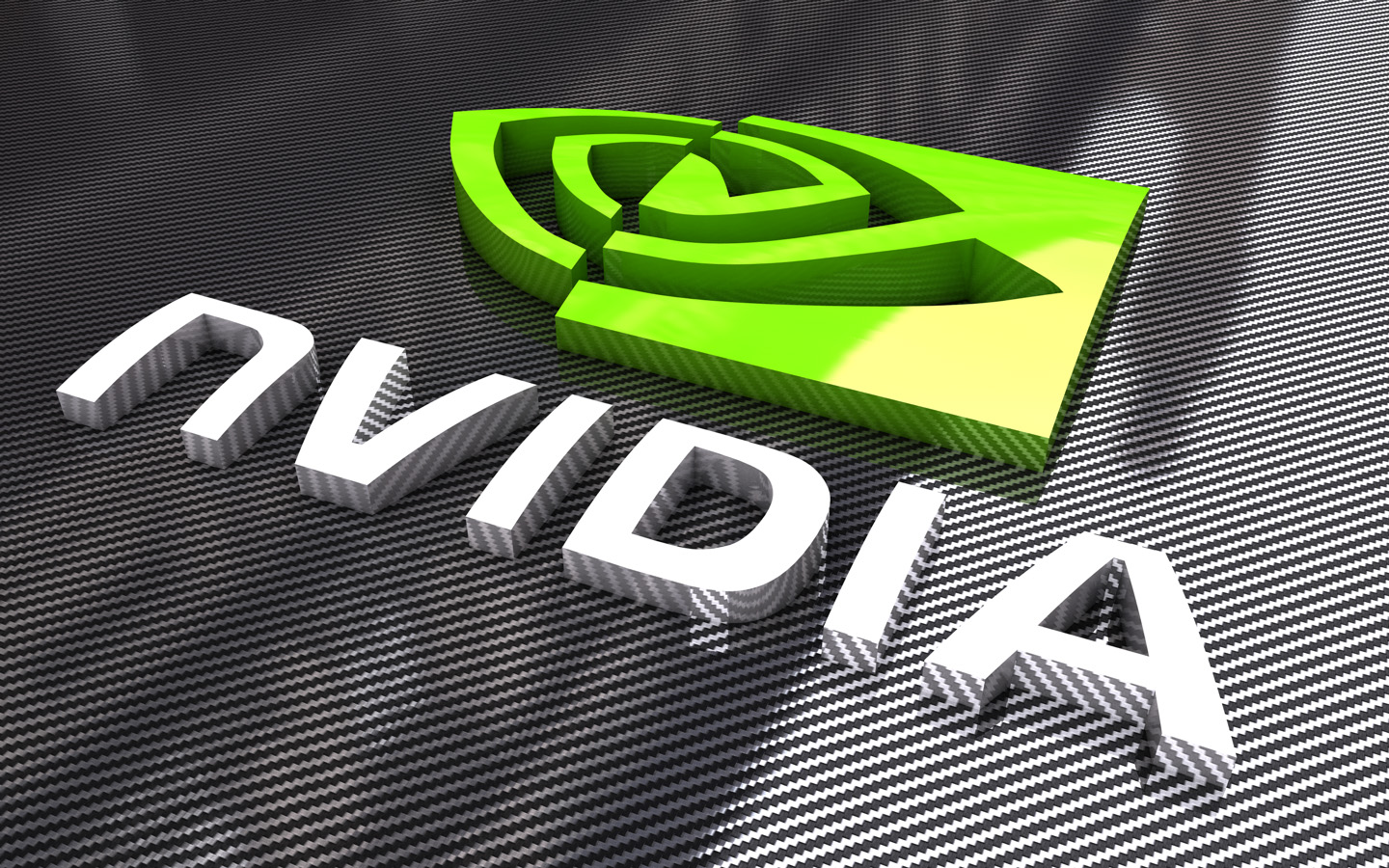Continuing the analysis of the "magnificent seven" stocks, today’s focus is on Nvidia Corp. (NVDA), a dominant player in the market with a year-to-date return of 183%, far surpassing the iShares S&P 100 ETF (OEF) return of 28.5% and the Invesco NASDAQ Trust (QQQ) return of 22.6%. However, despite this impressive performance, the semiconductor sector has faced challenges in the past quarter, with many stocks in the sector experiencing significant declines as seen in the attached SIA sector report. The hallmark of the SIA platform is its ability to measure risk, which is accomplished through multiple methods. The primary indicator is relative strength, calculated daily by comparing asset classes, sectors, and 80,000 investments across hundreds of reports. Additionally, the SIA platform provides valuable bullish percent data, which, when combined with relative strength readings, offers a comprehensive understanding of market risk. This data-driven approach enables skilled operators to manage risk effectively, much like a farmer uses multiple data points to manage crop risks. Investors can use this same data to potentially protect portfolios. Turning to the semiconductor sector, it is essential to evaluate its risk profile ahead of Nvidia's upcoming earnings report tomorrow. The following facts are presented without speculation. First, the electronic and semiconductor sectors have lost relative strength and are currently positioned in the "Unfavored Zone" of the SIA sector report, which is a critical metric. Second, the sector’s bullish percent reading is just 22%, meaning the remaining 78% of stocks are on 1% point and figure chart (pnf) sell signals, including Nvidia, which has a point and figure high pole warning chart signal. To further illustrate this, the pnf 1% chart pattern for the sector reveals a concerning trend. Of the 50 names examined, only 10 are showing bullish patterns (22%), a number that continues to decline. This is a potential bearish signal. The attached bell curve further highlights this, with a bullish percent level of 22% marking the negative reading for the sector, along with red color representing the Unfavored relative strength ranking of the sector. For those focused on improving risk management, this represents a textbook case of potential high risk (see red circle). On the other hand, looking at the other side of the bell curve, the banking sector (BANK) shows the opposite trend: high relative strength and a strong bullish percent, continuing to move higher.
Focusing on the semiconductor sector’s internal structure, the red box at the bottom of the matrix highlights the highest-risk names in the market. Any stocks within this area are considered the worst relative strength performers, with some showing disastrous absolute returns. However, stocks in the yellow and green zones could be viewed as the "best of the worst." Names like Nvidia, Broadcom, KLA, and Micron Technologies fall into this category. While it may not be a popular opinion, these are the facts. Nvidia, positioned at the top of the SIA Nasdaq 100 Index Report and SIA S&P 100 Index Report relative strength matrices, is essentially a "lone wolf" within the semiconductor sector, which introduces potential additional risk. Turning to a short-term view via a candlestick chart, NVDA shares are encountering resistance around the $150 level and have shown signs of a breakdown from the recovery rally that began in August. Following a volatile summer, where shares traded erratically, the stock has been moving lower with steadily declining volume. While the sector overall has experienced falling SMAX readings, Nvidia continues to maintain a near-term perfect 10/10 score, signaling outperformance relative to other asset classes such as bonds, cash, and commodities. However, resistance remains significant at both the $140 and $150 levels. A breakout above these points would require re-evaluation for potential technical upside. On the downside, initial support is at $130, with limited support below that level extending all the way down to $90. However, the psychological $100 level is also notable.
In conclusion, while Nvidia remains technically strong within the SIA Index Reports, the risk/reward parameters of the sector could suggest significantly weak risk/reward parameters where elite advisors may need to manage these high risk readings.
Disclaimer: SIACharts Inc. specifically represents that it does not give investment advice or advocate the purchase or sale of any security or investment whatsoever. This information has been prepared without regard to any particular investors investment objectives, financial situation, and needs. None of the information contained in this document constitutes an offer to sell or the solicitation of an offer to buy any security or other investment or an offer to provide investment services of any kind. As such, advisors and their clients should not act on any recommendation (express or implied) or information in this report without obtaining specific advice in relation to their accounts and should not rely on information herein as the primary basis for their investment decisions. Information contained herein is based on data obtained from recognized statistical services, issuer reports or communications, or other sources, believed to be reliable. SIACharts Inc. nor its third party content providers make any representations or warranties or take any responsibility as to the accuracy or completeness of any recommendation or information contained herein and shall not be liable for any errors, inaccuracies or delays in content, or for any actions taken in reliance thereon. Any statements nonfactual in nature constitute only current opinions, which are subject to change without notice.















